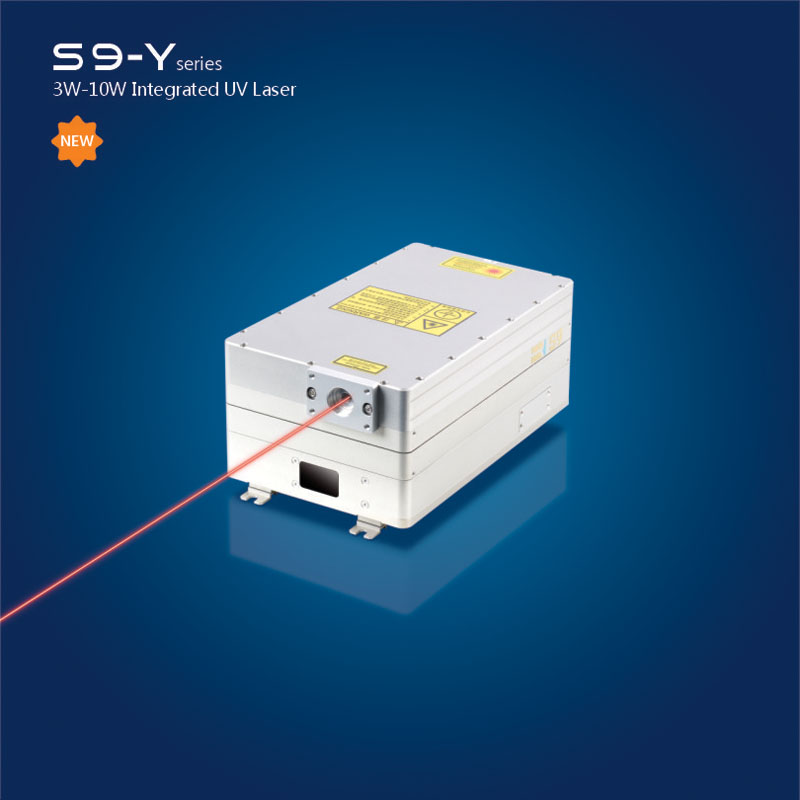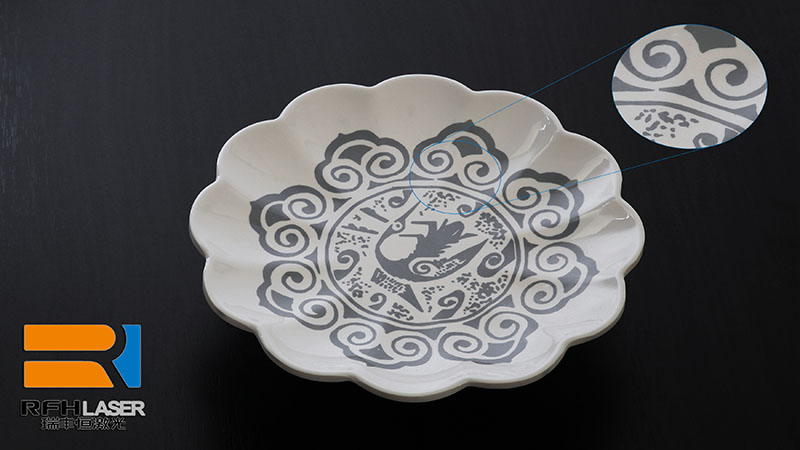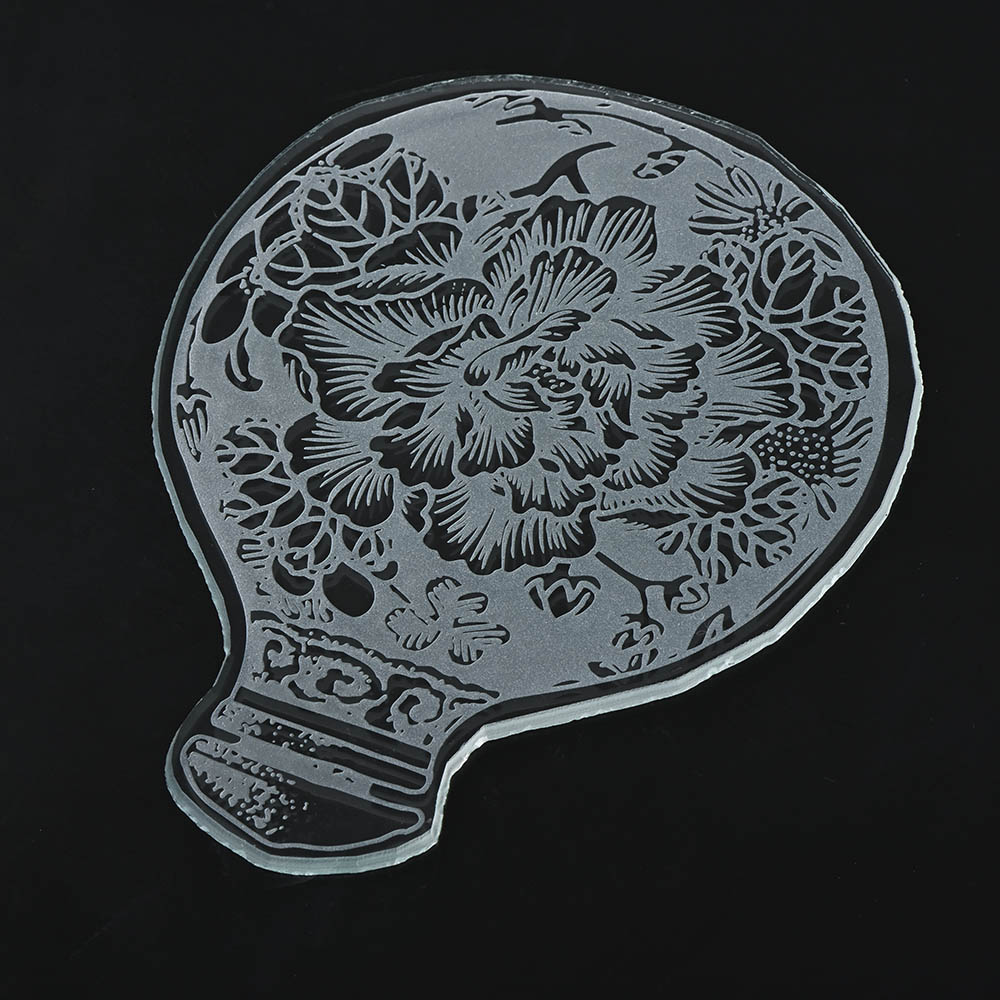
532nm High power green laser engraving glass and ceramic
Jan 10 , 2023532nm High power green laser engraving glass and ceramic
Glass and ceramic materials are inorganic and non-metallic. They share many physical properties including being hard, rigid, and brittle. The key difference between these two types of material is that glass is complete amorphous, while ceramics are crystalline. The most common type of glass is soda-lime glass, which is composed mostly of silica (sand), with added sodium carbonate (soda) and calcium oxide (lime). The soda and lime additives make it easy to shape the glass at high temperature to form tableware, windows, etc. There are also technical glasses that have different additives to provide certain properties like high temperature compatibility or high strength.
Ceramics are formed by creating a thick liquefied mixture of crystalline oxides, nitrides or carbides. The mixture is formed into the desired shape and then fired at high temperature to create a solid ceramic piece. The earliest ceramics were formed by firing clay to form vessels and tiles. Modern ceramics such as alumina (aluminum oxide) and tungsten carbide are highly engineered to provide properties such as electrical insulation and wear resistance. The most common laser processing methods for glass and ceramic materials are marking and engraving.
Types of Laser Processes
Lasers are playing an ever expanding role in material processing, from new product development to high volume manufacturing. For all laser processes, the energy of a laser beam interacts with a material to transform it in some way. Each transformation (or laser process) is controlled by precisely regulating the wavelength, power, duty cycle and repetition rate of the laser beam. These laser processes include the following:
Laser Annealing
Laser Cutting
Laser Drilling
Laser Engraving
Laser Etching
Laser Machining
Laser Marking
Laser Micromachining
Laser Perforating
Laser Photo Engraving
Laser Photo Marking
Laser Scoring
Laser Sintering
Laser Surface Modification
Selective Laser Ablation
All materials have unique characteristics that dictate how the laser beam interacts and consequently modifies the material. The most common processes for glass and ceramics are the following:
Laser Engraving of Glass and Ceramics
The energy of a high power green laser beam heats glass and ceramic materials locally, causing micro-cracks to form on the surface of the material. Repeated laser processing passes cause the cracks to grow until small chips break loose. After several laser passes, a deep and well defined laser engraving is created in the material surface. The usual depth for laser engraving glass and ceramic materials is 0.012 to 0.015” (300 to 375 microns). Multiple passes are used for glass and ceramic material engraving to avoid excessive heat build-up, which can cause the material to crack. After engraving, the surface should be cleaned with a stiff brush to remove loose chips of material.

Laser Marking of Glass and Ceramics
For glass, the energy of a high power green laser beam heats the surface locally causing micro-cracks to form. The cracks diffract light, creating a bright frosted appearance in the laser marked area. For certain ceramics, either a high power green laser or a Fiber laser can be used to create a visible mark without removing a significant amount of material. The laser energy darkens the ceramic creating a sharp, well defined mark. Laser marking can be used to convey information such a serial number or a logo.
nanosecond green laser 532nm engraving glass

Combined Process
The laser engraving and marking processes described above can be combined without having to move or re-fixture the part.
General Glass and Ceramics Laser System Considerations
Platform Size – Must be large enough to hold the largest pieces of glass or ceramic that will be laser processed or be equipped with Class 4 capability for processing larger pieces.
Wavelength – The 10.6 micron wavelength of the high power green laser is recommended for glass and ceramic laser engraving and for glass marking, as well as marking certain ceramic materials like Zirconia. The 1.06 micron wavelength of the Fiber laser is recommended for laser marking certain ceramic materials like Aluminum Silicate.
Laser Power – At least 40 watts of high power green laser power is recommended for glass and ceramic laser engraving and for glass marking, as well as marking certain ceramic materials like Zirconia. At least 40 watts of Fiber laser power is recommend for laser marking certain ceramic materials like Aluminum Silicate.

Lens – A small spot size lens (less than 0.005” or 125 microns) is the best for laser engraving and laser marking glass and ceramic materials.
Exhaust – Must have sufficient flow to remove the gasses and particles that are generated from the glass and ceramic laser engraving and marking equipment.
Air Assist – Provides a jet of air near the focal point of the laser to help remove glass and ceramic chips during laser processing
Environmental, Health and Safety Considerations for Glass and Ceramic Laser Material Processing
Laser-material interactions almost always create gaseous effluen